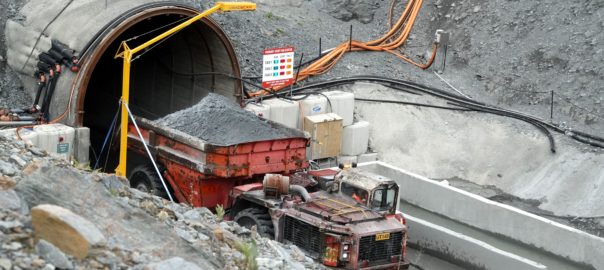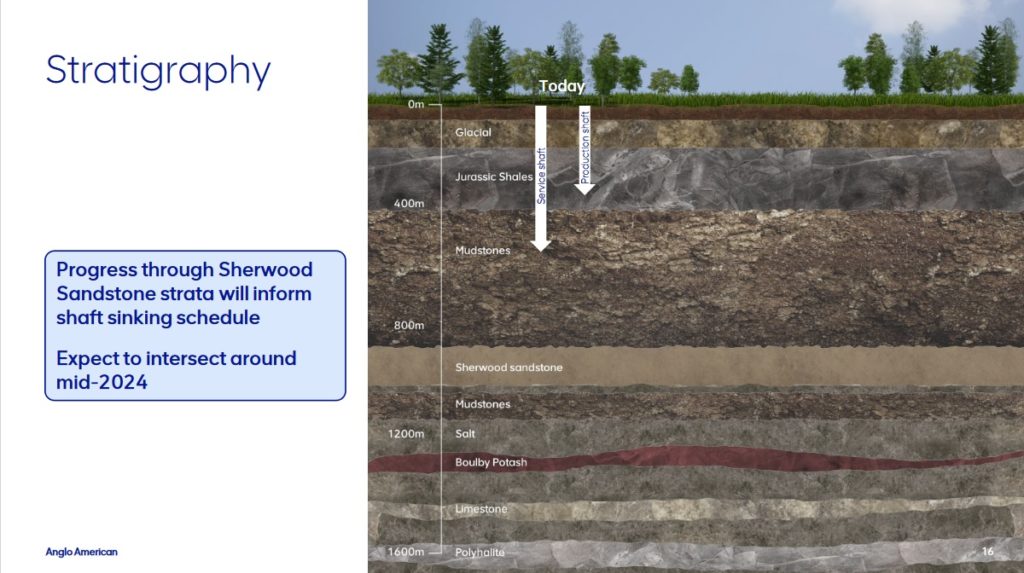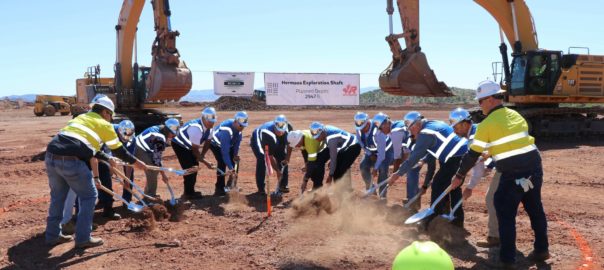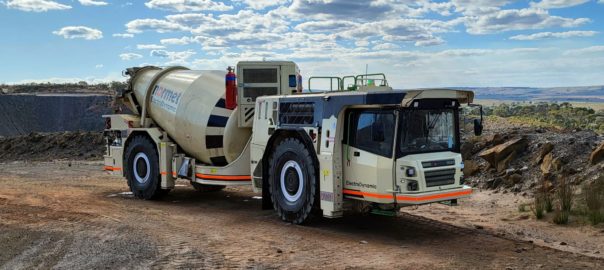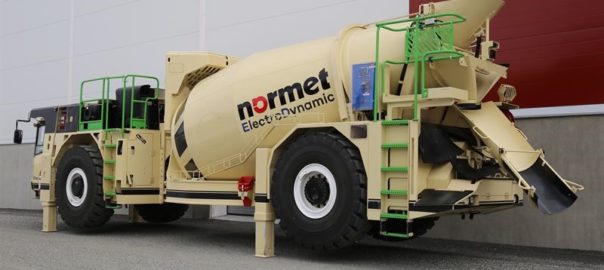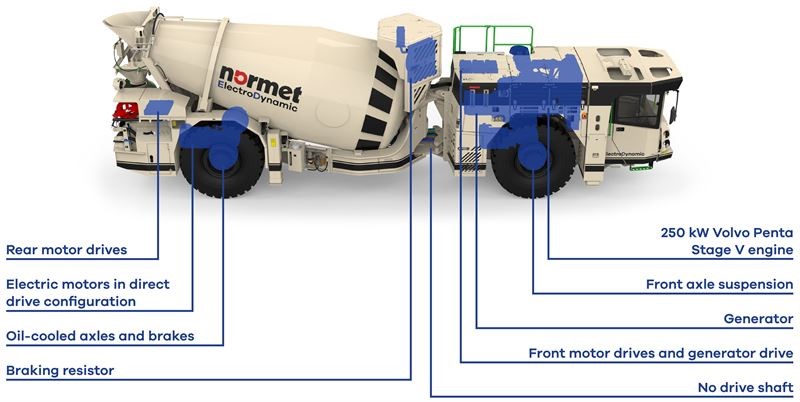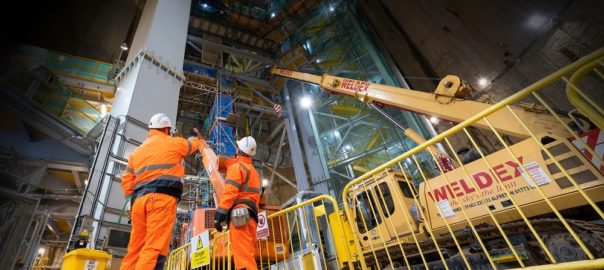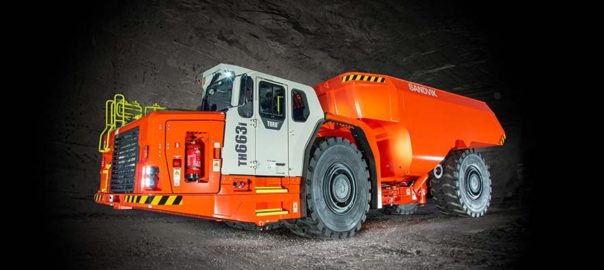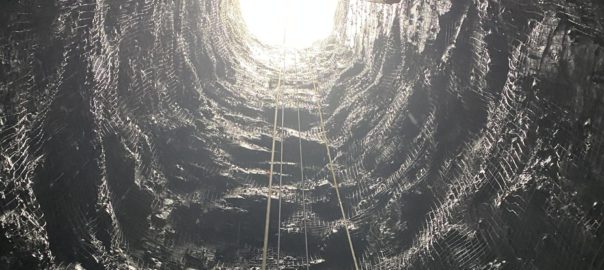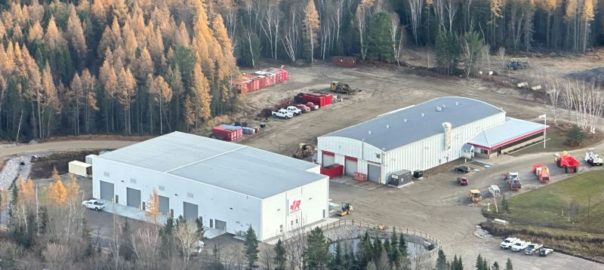With a Vancouver-based headquarters and operational mines in the Philippines, the US and New Zealand, access to – and sharing of – data for decision making is critical for the optimisation of OceanaGold’s various operations and processes. It is also proving equally important for the company’s pursuit of recruitment and upskilling.
OceanaGold’s vision is to be a company people trust, want to work and partner with, supply and invest in, to create value. This vision comes alongside a plan to grow its gold production from 460,000-480,000 oz, to 580,000-600,000 oz in 2025, all while lowering its all-in sustaining costs.
Data is playing an increasingly important role in achieving this vision, with the company having invested heavily in digital and networking technology in the last few years.
For example, the company has made investments in industrial Wi-Fi across its operations – at the Golden Point underground mine (part of the Macraes operaton in New Zealand), Didipio (Philippines) and Haile (USA) – to improve access to data and company systems.
Michelle Du Plessis, Chief People & Technology Officer, told IM: “This investment is improving operational efficiency by reducing the need for people to leave operational areas of the mine to access data and systems.
“This also enables more of our equipment to be operated more safely and remotely.”
And remote operation of equipment has been growing with the installation of these network backbones, with teleremote underground drilling, loading and hauling in place at Golden Point with Sandvik fleets, plus teleremote loading and hauling – with Sandvik AutoMine®-equipped LH517is and TH551is – occurring at Haile.
There are also plans to switch to teleremote operations from a surface cabin at the Didipio underground mine.
The company is completing the real-time data process loop, with tablet-based mine operation control software – Digital Terrain’s Simbio solution – being implemented at all of its underground operations to, Du Plessis says, more accurately and effectively control underground mine planning based on what is happening in the mine at that time.
At the Horseshoe underground mine at Haile, the newest underground mine within the group, the company is also using digital and data platforms for its mine planning and short interval control systems, with the API-enabled integration coming into the Snowflake cloud-based ecosystem.
Du Plessis says these platforms are fully integrated with shift plans uploaded onto tablets and updated digitally if plans change through the shift.
On surface at the Macraes open-pit operation in New Zealand, the company is also working on the effective digital transfer of data, having recently migrated away from an older version of the Cat® MineStar™ Fleet FMS to MineSense for Miners’ (MS4M) FMS. “The main benefits were more accurate management of the fleet in terms of efficiency and maintenance planning,” Du Plessis explained of this change.

Data access and availability is having a positive impact on operational productivity at OceanaGold’s operations, as well as enabling the company to confront the skills shortage it and every mining company is facing at the moment.
Du Plessis said: “At OceanaGold, we are taking a systematic and multi-pronged approach to skills development across the talent lifecycle. This guides the way we prepare our workforce for the future opportunities by building the data and technology capabilities across the company.
“We also have a distributed operational footprint, which allows us to draw on, and foster, talent in multiple jurisdictions and we can take advantage of workforce mobility between the operations.”
Some of the company’s operations are in regions where mining is not the major employer, and there are plenty of people with skills but no mining-specific experience. With OceanaGold prioritising a residential workforce and local employment over fly-in, fly-out options, skills development is crucial for resourcing its operations.
“To help us develop these skills and provide people an opportunity to build a career and have sustainable employment in mining, we partner with experienced training providers and contract mining companies,” Du Plessis explained.
For example, in the Philippines, OceanaGold has partnered with Site WorkReady (Philippines) Pty Ltd to use the Site Skills Training Center in Clark Pampanga. This facility allows the company to train new employees to work in an underground mining environment, with a focus on safety. “We are also looking at the opportunity to extend this partnership to include additional skills, such as automotive and heavy diesel mechanics, to continue to upskill our local workforce,” Du Plessis said.
In South Carolina, where the company has recently commenced mining from the new Horseshoe underground mine, OceanaGold has engaged Redpath Mining Inc in a similar skills development role.
“In addition to their mining contract, Redpath provide training and resources to develop the underground mining skills of the local workforce, allowing us to transition to a full owner-operator model over time,” Du Plessis explained.
The company has also invested in an underground training simulator at the operation, offering potential recruits exposure to the underground environment and building the operating skills of new trainees.







